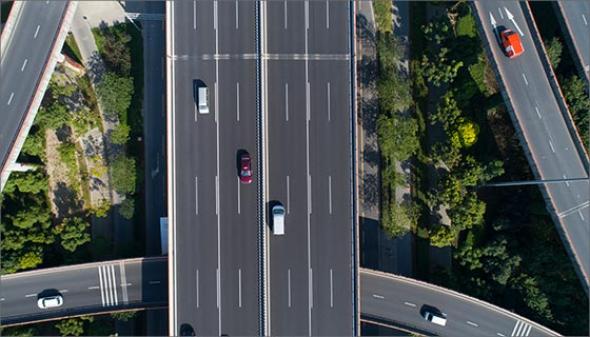
The current COVID-19 outbreak and mitigation efforts around the globe have impacted nearly every part of life, and P&C insurance is no exception. With vast numbers of people in the United States working from home, sheltering in place, and driving much less, we continue to look at how the resulting reduction in exposure from these mitigation policies is significantly impacting bottom lines for personal auto insurance.
COVID-19 Auto Claims Trends and Public Policy Implications in the United States
In part 1 of this article, we focused on the actions that insurers have taken to rebate premiums to customers. We expect premium rebates to continue if the patterns observed today persist throughout 2020.
One reason is that regulators may force insurers’ hands regarding rebates. On April 13, 2020, California’s insurance commissioner ordered companies operating in the state to “return insurance premiums” for March and April (and May if the shelter-in-place order continues), though no specific percentage return was specified. This ruling includes a mandatory 60-day grace period on late payments. So far, this order is redundant to actions that insurers have already announced, but regulators are clearly interested in facilitating these rebates. California’s order specified that the rebates will not require prior approval from the California Department of Insurance if certain procedures are followed.
In addition, regulators do not expect personal auto to be the only insurance line to experience changing claims patterns. In fact, California’s mandate to return insurance premiums includes not only personal auto but also commercial auto, workers’ compensation, commercial multi-peril, commercial liability, medical malpractice, and “any other insurance line where the risk of loss has fallen substantially as a result of the COVID-19 pandemic.”
Implications for Usage-Based Auto Insurance
While much of this discussion has focused on traditional auto insurance, it’s also interesting to consider usage-based insurance. Companies like Metromile and Root Insurance are focused solely on providing usage-based insurance, while larger companies such as Allstate, Nationwide, and Progressive provide usage-based insurance as just one of many offerings. Premiums for these policies are not fixed in advance of the policy term, as they are for traditional insurance; instead, premiums vary to a degree based on the number of miles driven. For this reason, rebates do not have to be explicitly given by the insurer because the next premium payment will reflect the lower usage.
We expect usage-based offerings to become more popular with auto insurance customers as they realize the implications of stay-at-home orders on their driving habits, but this does present unique challenges to insurers. If priced properly on a per-mile basis, premiums and claims should stay aligned, but expense ratios could soar if the average premium plummets, even though a portion of the premium is typically fixed to cover operating costs. Still, if usage-based insurers can prove that they can weather times such as these, we expect their long-term prospects to improve based on increased consumer interest.
Adapting to the “New Normal”
For the P&C industry in the U.S., what are the overall implications of the COVID-19 experience? Personal auto is an important line of business, but the overall economics are somewhat ambiguous.
Commercial multi-peril, D&O, BOP, construction, E&O, and other lines will each have their own patterns of implications from COVID-19 and its resulting mitigation efforts. And although it’s a simple assumption to say that current experience is an aberration and previous frequencies and severities will return as life gets “back to normal,” is that really true? Can we make that assumption with confidence and, if we can, how do we estimate the timing at which this will happen in different locations? There are many questions to be answered, but quick access to curated data (both internal and external) as well as sound industry benchmarks will provide the insights and agility needed to manage in the “new normal.”